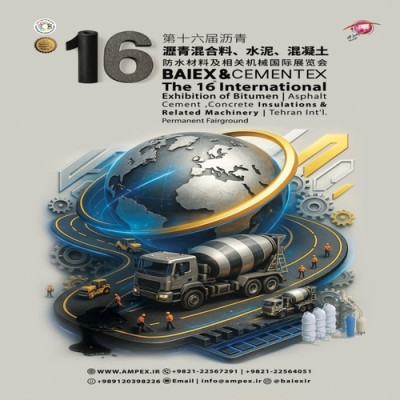Governments worldwide are increasingly challenged by significant environmental issues stemming from poor solid waste management, particularly the disposal of end-of-life tires (EOLTs), coupled with the annual rise in vehicle numbers. Globally, bitumen consumption is estimated at 102 million tons per year, with 85% utilized for asphalt roads, 10% for roofing, and the remaining 5% for various applications such as waterproofing, adhesives, corrosion protection, and automotive uses. The combination of growing vehicle numbers and the accelerating impact of climate change, partly due to the use of unsustainable materials, leads to the rapid deterioration of asphalt pavements. This deterioration, in turn, contributes to the increased wear of vehicle tires, releasing microplastics predominantly from asphalt and tires. The primary issue lies in the lack of chemical bonding between bitumen and thermoplastic elastomers or waste tire rubber grains, resulting in loose particles being dispersed into the environment by wind. Moreover, bitumen has been identified as a source of volatile organic compounds (VOCs) and particulate matter (PM), an issue that is particularly concerning in large urban areas. To enhance bitumen quality and longevity, it is crucial to modify bitumen, ideally using green and sustainable reinforcing agents.
Research indicates three primary methods for bitumen modification: synthetic elastomers (75%) like styrene-butadiene-styrene (SBS) and styrene-ethylene-butylene-styrene (SEBS); synthetic plastomers (15%) such as polyethylene (PE), polypropylene (PP), and ethylene vinyl acetate copolymer (EVA); and more environmentally friendly approaches (10%) using waste materials, particularly rubber from used tires. The limited use of waste materials in asphalt production hinders the development of recycling technologies and negatively impacts the environment. This low utilization is largely due to the differing physical properties of waste components, such as density and surface tension, and the poor compatibility between polymer waste and the bitumen matrix due to weak chemical interactions. Additionally, efforts to reduce the road construction industry's environmental impact through the use of reclaimed asphalt are still constrained by concerns over performance, especially due to the presence of aged bitumen, which is associated with increased stiffness and potential fatigue cracking.
Given the urgency of climate change, it is imperative to develop green approaches and shift towards sustainable raw materials. Recent studies have explored this direction. For instance, Hong et al. (2022) examined how process variables affect the properties of waste low-density polyethylene (LDPE) and EVA modified asphalt. Their research indicated that LDPE significantly enhances asphalt's temperature resistance, and higher viscosity improves bonding between asphalt and aggregate. Furthermore, Jamal and Giustozzi (2020) investigated the physical, chemical, thermal, and rheological properties of crumb rubber (CR) modified bitumen (CRMB), derived from EOLTs. Their study revealed that small amounts of CR substantially improve the rutting resistance of CRMB, as indicated by the multiple stress creep recovery (MSCR) test. Additionally, the inclusion of CR reduced the non-recoverable compliance (Jnr) by 63% and increased the recovery (R) by thirteen times at 3.2 kPa compared to standard bitumen. However, this method has its drawbacks, as CR modification leads to a significant increase in the viscosity of rubber-bitumen compositions due to the swelling of rubber grains, which absorb aromatic oils from the bitumen. This also causes instability in liquid storage conditions due to the density differences between rubber and bitumen.



















